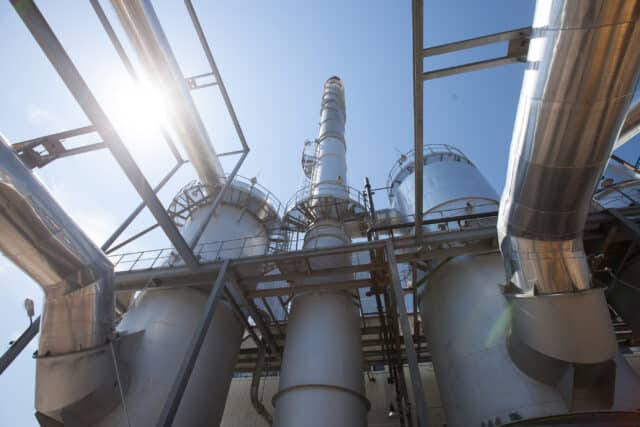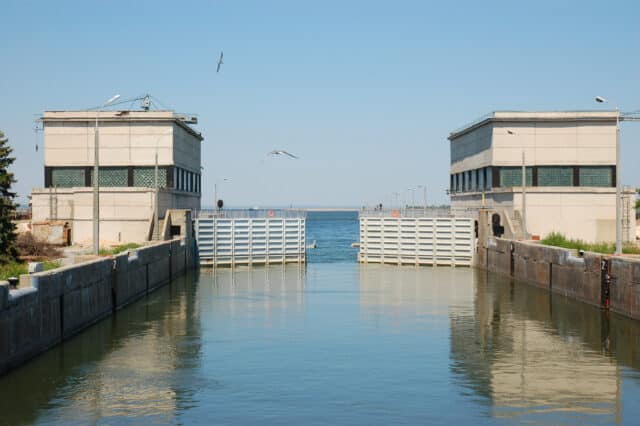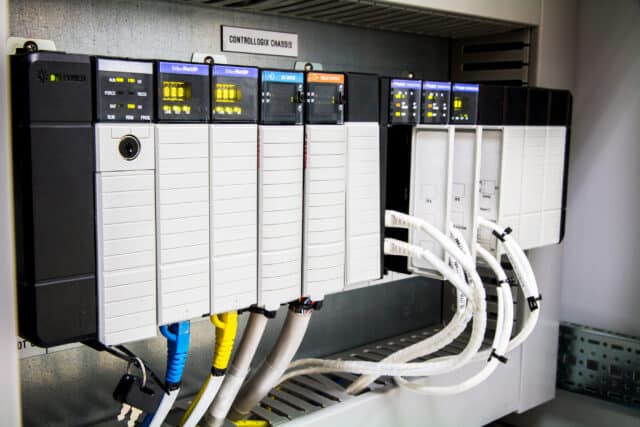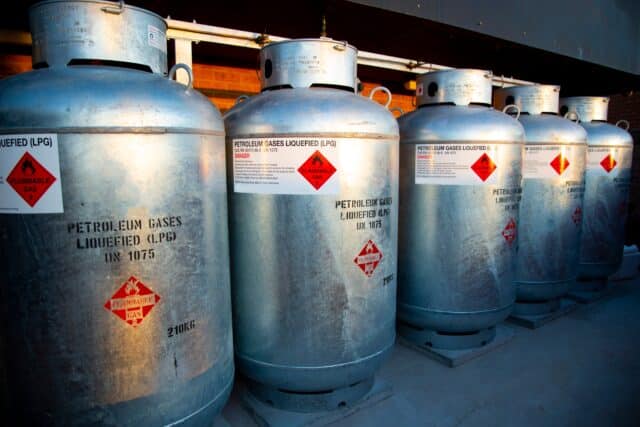M S Benbow & Associates (MSB) was enlisted to provide engineering, drafting and design, system planning, cost estimate planning and construction assistance to enable the client to comply with this new EPA reporting criteria.
The scope of the project included:
- Replacing and upgrading the O2 analyzer to one that could measure a dry sample basis. This involved removing and blinding the existing in situ connection.
- Installing a new SO2 sensor/analyzer in existing shelter at grade and connecting the sample feed to an existing system.
- Replacing validation controls (via an existing PLC) with a new CEMS controller/Data Acquisition and Data Handling System to ensure accurate validation functions. The CEMS controller connected to the existing plant analyzer V-LAN network via newly installed Ethernet switch. CEMS historization and reporting requirements would be available via the CEMS server.
- Connecting priority one hardwire alarms to the DCS as well as the analog concentration readings. The other pertinent data was sent to the CEMS server via the Ethernet connection.
- Existing raw SO2 and O2 concentration signal wiring to DCS remained in place, and a new corrected SO2 measurement value was connected to DCS via the new CEMS controller. Various other data points and alarms were sent to the CEMS Data Acquisition Server via the dedicated fiber network.
- Since the old PLC functionality was replaced by the new CEMS controller, the PLC was converted into the new analyzer building alarm system. New interior building monitors (O2 depletion, smoke alarm) were installed; exterior beacon and siren warned of possible interior hazards; and alarms were hardwired to the DCS.
M S Benbow & Associates (MSB) was contracted to upgrade current controls to a SCADA and telemetry for the pump stations, which involved monitoring the sump alarms, levels and pump status at seven remote sewage pump stations, integrating all of the stations on the same SCADA, communications and telemetry platform.
MSB was the engineering firm responsible for drafting & design, engineering, specification, and testing of the SCADA upgrade.
The project to install equipment and instrumentation necessary to meet the standards required elevated dock sump vents and visual and audible high-level alarms. Per the standards, the sumps must be a closed system with a vent to the atmosphere. The vents should be pressure/vacuum regulated and discharge a minimum of 9.8 feet (3 m) above platforms and 50 feet (15 m) from any equipment; and sump tanks should be designed with high-level alarms displayed in a central manned location.
Work required was to:
- Install mechanical piping as necessary to move vent point to 9.8 feet above sump top and 50 feet from any nearby equipment.
- Piping modifications at the sumps would require flushing and inerting the vessels so structural supports could be installed to support additional vertical and horizontal sections of vent piping to meet elevation and distance requirements.
- Install pressure-vacuum vent relief valve on vent piping.
- Install SCADA system components (wireless radios, programmable logic controller and enclosures with battery backup) and local alarm beacon and siren at each dock location. Continuous level and high level alarms will be displayed at each sump location as well as a centralized manned operator location.
- Install process connection on sump for new radar-level instruments.
- The SCADA/alarm panel enclosure components were DC powered sourced from a battery bank located within the enclosure. The battery bank consisted of two redundant 24 VDC power supplies as a charging source fed from the docks’ 120VAC power panels. Each new alarm panel would receive power supply from two sources, the docks’ local power panel and an emergency battery bank reserve.
.
MSB recommended an additional level of functionality testing to ensure the system would work as intended. This PLC checkout test procedure, in addition to the factory accepted test procedure, allowed for the seamless upgrade, installation and validation of the CEMS system.
In addition to meeting compliance with new federal EPA performance and monitoring requirements, the client was able to incorporate the PLC function into installing new safety measures.



